

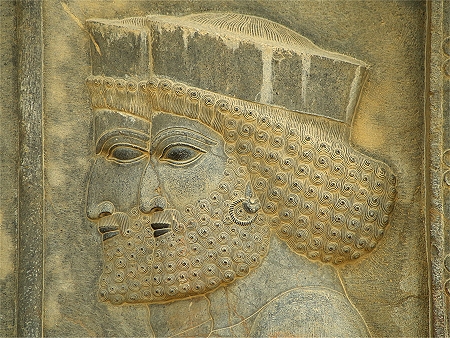
|
Shiraz & Persepolis, Iran, April 2020
|
Day 1. – Shiraz
Our trip will depart from Shiraz, which is easily accessible from Istambul with Turkish Airlines. With the mostly overnight flights, the first day will be spent in relaxation mode, having a good rest in the Shiraz hotel before setting out to see the sights of medieval and modern Shiraz (Arg of Karim Khan, Wakil Bazaar, Wakil Mosque, Shah-e-Cheragh Shrine).
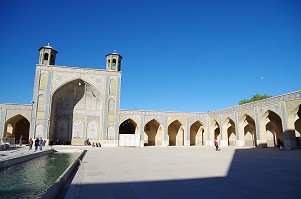
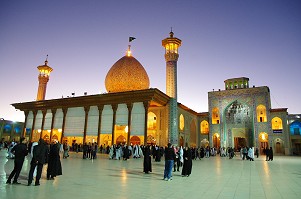
Days 2-3. - Persepolis & Pasargadae
In the morning we will leave for Persepolis, about 60 kilometres from Shiraz. It could be crammed into a long day (as most tours do), but to truly enjoy the place and be able to take photographs of all the sites in ideal lighting conditions, one really needs two full days. On the first day we will start at the Naqs-i Rustam necropolis, where most of the Achaemenid tombs and Sassanid reliefs face south-east, so are best viewed and photographed in mid-morning sun.
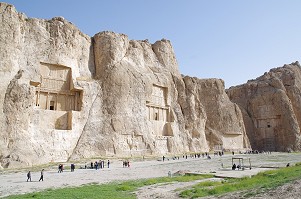
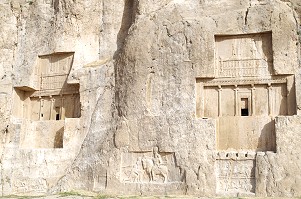
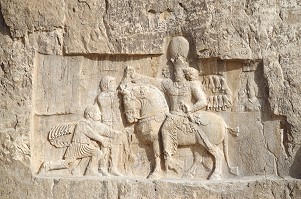
The Sassanid reliefs of Naqs-i Rajab, half-way between the necropolis and the palace complex, is in a small rectangular rock-hewn niche. Two of the panels receive full sunlight early afternoon (the third is permanently in the shade).
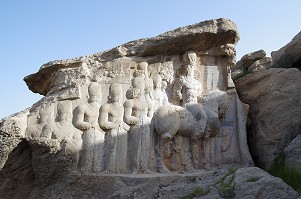
The palace complex has reliefs all around the buildings facing all angles, so it is impossible to get good photos of all of them in a single short visit. We will go to the palaces after a quick lunch, and will spend the entire afternoon there till evening closing time. Our accomodation is within walking distance from the entrance, so anyone may decide to go back once they have had their full measure. The reliefs of Xerxes' and Darius' palaces are best seen in a mid-afternoon light, and nearing sunset the North Stairs of the Apadana will have perfect contour lighting. The tombs above the palaces face South-west, so their facades are also illuminated in the afternoon.
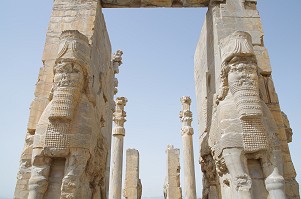
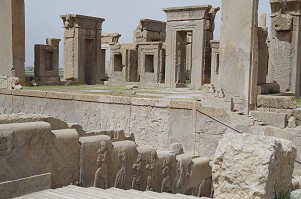
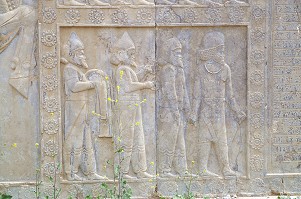
We will spend the night at the Jahangardi inn about 1.5 kilometres from Persepolis entrance. It is a very pleasant establishment of small bungalows set among a grove of pine trees, not upscale but perfectly suitable with good meals at the restaurant.
We may return to the palaces complex for the 8am opening, which provides the added bonus that likely we will have the entire place to ourselves for an hour or two. The view from the hill with the tombs is magnificent in morning light, and also the releifs of the Apadana east stairs get the best light at this time (not to mention the absence of other groups, all converging there). We can spend a couple of hours just enjoying the details, and seeing things missed the previous day.
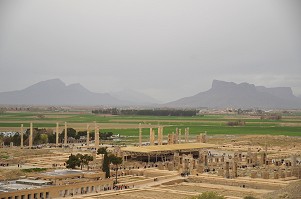
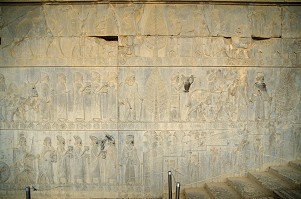
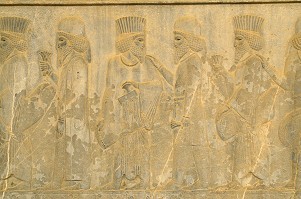
Mid-morning we will continue North along the Yazd highway to Pasargadae, the first Achaemenid capital about 50 kilometres from Perseolis. The tomb of Cyrus and the remaining sructures are spread out over a large plain, we can spend a leisurely 3 hours visiting them all at a slow pace.
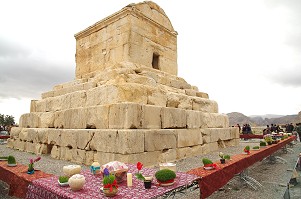
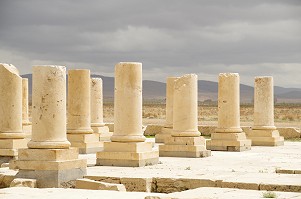
On our return, we will stop again at the Naqs-i Rustam necropolis, where Xerxes tomb and the relief of Adasir I face south-west, and are only illuminated in the afternoon. We may also see the meager ruins of Istakhr, the Sassanid capital built a few kilometres to the North of the already ruined Persepolis palaces.
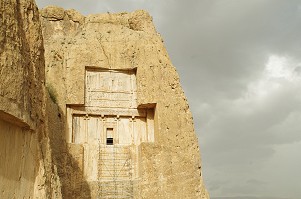
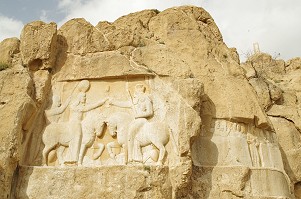
Day 4. - Firuzabad
We will make an early start to Firuzabad, about 85 kilometres to the south of Shiraz, the site of Ardasir Khureh, the capital of Ardasir I, the first ruer of the Sassanid empire. Ardasir created a huge relief near Firuzabad high above a riverbed, which remains in a perfect conditin due to the relatively difficult to access location. The relief is only illuminated till mid-morning, it is possible to get up to its base with a scramble up the contoured hillside (not suitable for everyone), and it is well worth getting up early for it.
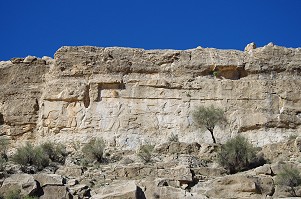
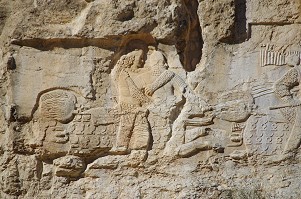
After the relief we will continue to the palace of Ardasir, the best preserved among the surviving Sassanid palaces, with several of its domes (contemprary with that of the Panthenon in Rome) still standing.
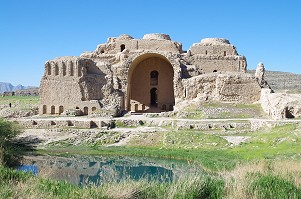
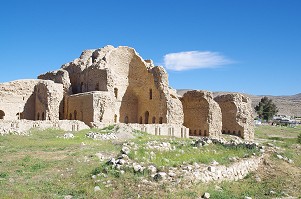
We will visit the ancient town site and a second relief along the riverbank, then climb up to the fortress guarding the gorge with the route leading North, possibly pre-dating in parts the Sassanid city.
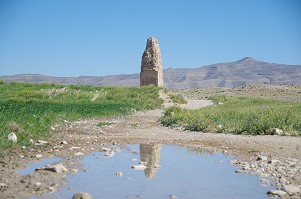
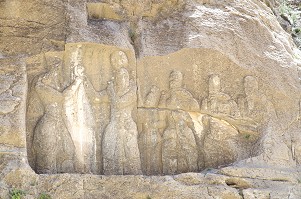
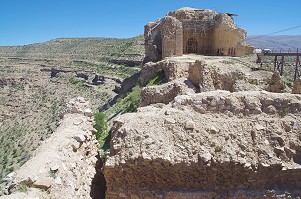
On our return to Shiraz, we will also make short stop at the Sassanid bridge at Kavar.
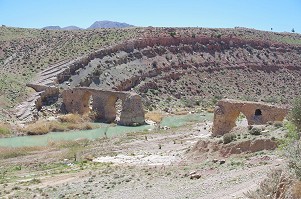
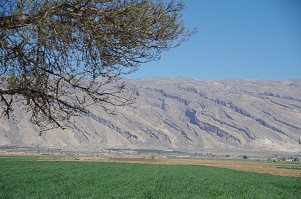
In the afternoon we may visit remaining sights of Shiraz, including the Sassanid relief at Barm-e Dilak at the outskirts of the city
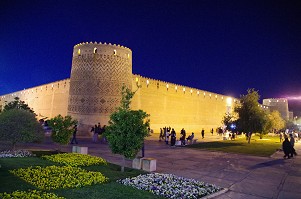
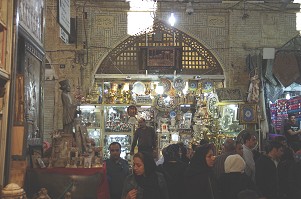
Days 5-6. Bishapur and environs
Aside Naqs-e Rustam, the finest set of Sassanid reliefs and monuments may be found at Bishapur, a city founded by Shapur I following the defeat of the Roman emperor Gordian III (and possibly built by Roman prisoners of war). Bishapur is about 120 kilometres to the west of Shiraz, and the scenic road crosses one of the high ranges of the Zagros mountains, climbing to an elevation of 2100 metres before dropping into the valley beyond, the floor of which is just at 800m.
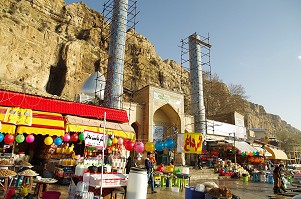
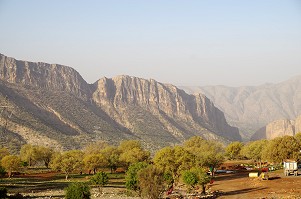
On the morning of the first day we will start at "Shapur cave", a large limestone cave at the base of vertical cliffs some 400 metres above the valley floor. There is a built low-gradient path leading up to it, but the last 50 metres needs to be done over a flight of rather steep stairs. It takes about 2.5 hours to get up and down again (might not be suitable for everyone). The cave contains a colossal statue of Shapur, and it is assumed (but not conclusively proven) that it was also his last resting place.
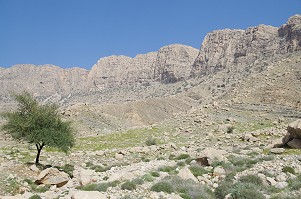
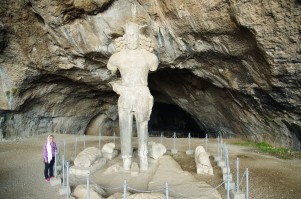
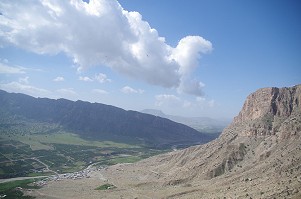
After lunch in the nearby town, we will go to the Sassanid reliefs along the Northern side of the Tang-e Chogan gorge, which are best seen in an early afternoon light.
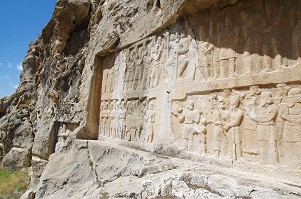
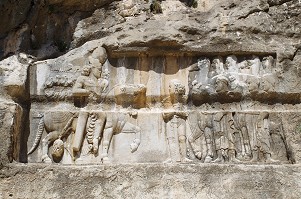
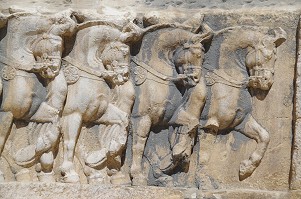
We can spend the remainder of the afternoon visiting the town site with the walls, palace, a curious semi-subterranean structure (called "Temple of Anahita" to disguise the fact that nothing is known of its function), a small (and not too exciting) museum, plus a huge area of scattered smaller remains.
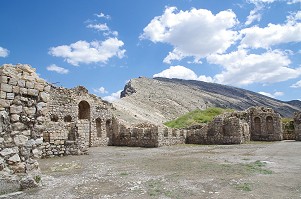
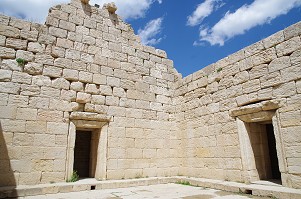
We will spend the evening and night at the only hotel of the nearby town of Kazerun.
The next morning we will start at the reliefs along the Southern side of the Tang-e Chogan gorge (in the sun only during the early morning hours), and climb up to the remains of the Sassanid castle on the ridge above, offering beautiful views over the reliefs and the ancient townsite, as well as the entire area of plains and mountains.
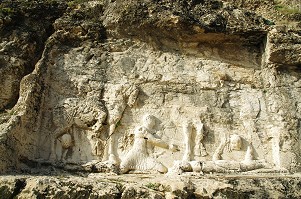

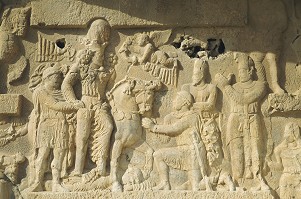
We will continue North-west towards then beyond the town of Nurabad, to the Achaemenid tomb at Kupan, one of the few surviving non-royal tombs of the old Persian empire. After visiting the tomb we will return the same way to the hill of Kurangun, with a large Elamite rock relief (and the only one that survived in it's entirety, another one at Naqs-i Rustem is almost completely obliterated by a later Sassanid relief) at a spectacular location near the top of a hundred-metre cliff overlooking the river below. Despite the seemingly precarious spot, it may easily be accessed approaching from the rear of the hill. The west-facng reliefs are best visited around midday to early afternoon, when there is a good contour light.
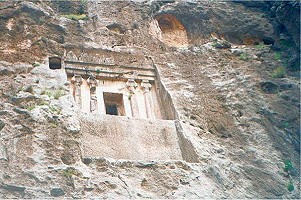
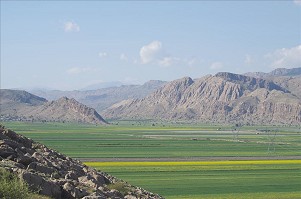
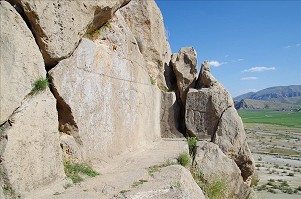
After lunch at the nearby town we will return along the same route towards Nurabad (time permitting, we may also visit a small Achaemenid structure within sight of the Kurangun reliefs on the far side of the river, but needing a long detour to reach by road), passing by the Sassanid relief and spring of Sarab-e Bahram. We will finish the day at the relief of Sarab-e Qandil, located in a very picturesque valley about 12 kilometres to the North of Bishapur, near the road junction leading back towards Shiraz.
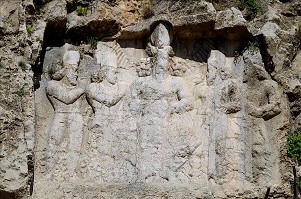
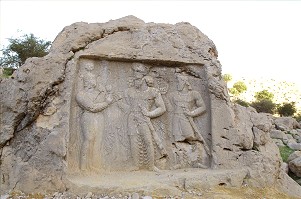
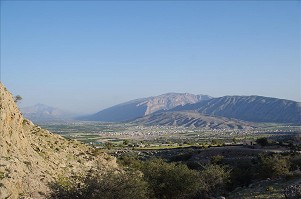
Depending on domestic flight schedules, we will either spend the night in Shiraz and take a morning flight to Isfahan, or an evening flight with the night already in an Isfahan hotel. As there are no daily flights, and only a few domestic Iranian airlines are both reasonably safe and reliable, our final trip dates will be planned around these flights to avoid a full days drive to Isfahan.
Day 7.- Isfahan
Isfahan contains some of the finest medieval Islamic monuments in Iran (Naqs-e Jahan square, Masjid-e Shah, Masjid-e-Jameh), as well as one of the few surviving Zoroastrian fire-temples at Atashgah (with remains on the mound dating back to Elamite times), on the outskirts of the modern city. We will spend the day (and the night) in the city visiting its sights.
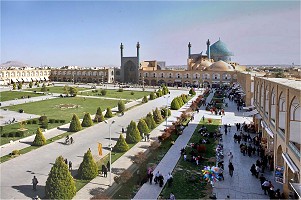
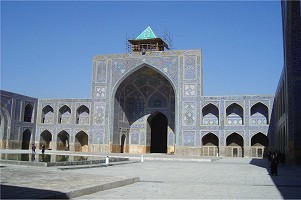
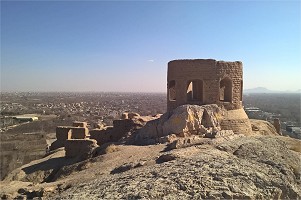
Day 8.- Kermanshah
We will take a late morning flight to Kermanshah, a little under 500 kilometres to the North-west of Isfahan. In the afternoon we will visit the Sassanid reliefs of Taq-e Bostan inside the city, which face South-west and are best visited in the late afternoon.
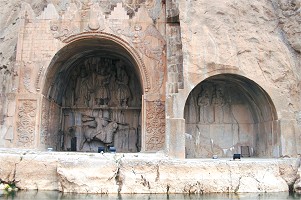
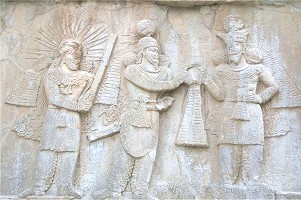
Day 9.- Bishotun & Kangavar
In the morning we will visit the inscription of Darius I. (plus some other monuments of later periods) at Bishotun, about 30 kilometres to the east of Kermanshah. Unfortunately for the past 7 years the inscription is mostly hidden from view from below by a huge steel and wooden platform, erected for conservation works (which apparently never took place). This may prove to be a curse or blessing, the latter if I am able to organise with the authorities permission to gain access to the platform. If this is possible, we may gain access to the relief like few have ever managed.
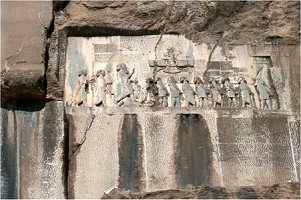
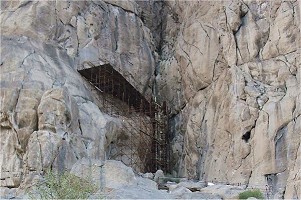
From Bishotun we will continue to Kangavar, the site of a huge platform, probably a temple, of an uncertain age, possibly Seleucid but more likely Parthian or Sassanid (true to the traditions of the fine land, this too is called Temple of Anahita, which seems to be local code for 'we have absolutely no clue') .
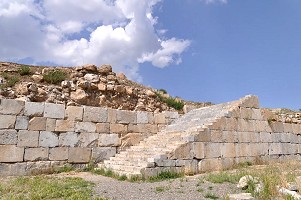
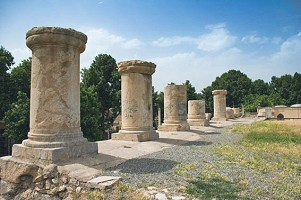
A short distance from Kangavar we may see the rether meager remains of Godin Tepe, a Medean settlement. While not very impressive, this settlement in a good 500 years older than anything that was seen up till this point.From here we will drive another 85 kilometres to modern Hamedan, the site of ancient Ecbatana, the capital of the Medes, where we will spend the night.
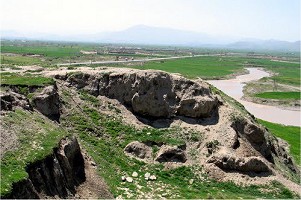
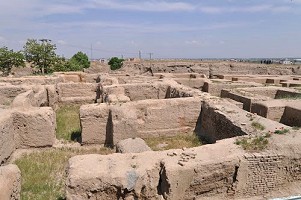
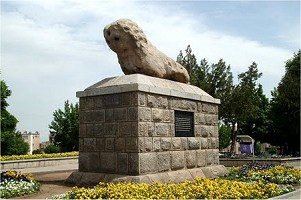
Day 10.- Hamedan (Ecbatana) - Tepe Nush-e Jan - Kermanshah
In the morning we will visit the ancient Ecbatana and the site museum, the Achaemenid inscriptions at the Gandj Nameh waterfall just outside Hamedan, then start our return towards Kermanshah alog a different route to see the Median fort/palace complex at Tepe Nush-e Jan, about 50 kilometres south of Hamedan..
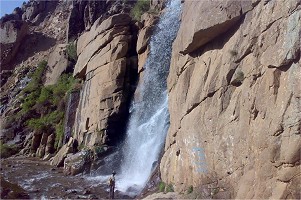
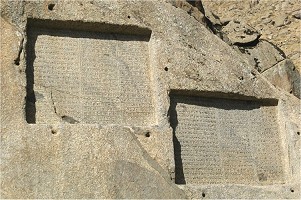
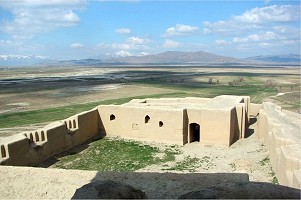
On our return to Kermanshah we will visit the Achaemenid tombs at Eshaqwand, about 15 kilometres south of Bishotun.
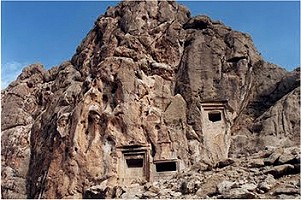
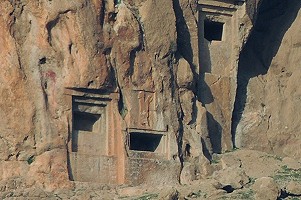
We will spend the night at Kermanshah, leaving with the early morning Turkish Airlines flight.
NOTE:
Depending on the domestic flight schedules, it might make sense to change the order, visiting Kermanshah taking a direct flight from Shiraz, and continuing to Ishahan afterwards (perhaps by road, not returning to Kermanshah from Hamedan). Isfahan is also served by Turkish Airlines, plus Shiraz/Isfahan are both reachable with Flydubai via Dubai. We will work this out once we know the participants, and how it is best for them to travel to/from Iran. This should have no bearing on the overall itinerary.
For information on expected costs, planned dates and any further questions, please send me an email.
Back to planned expeditions...